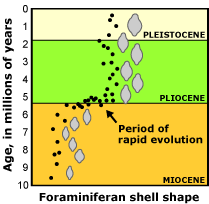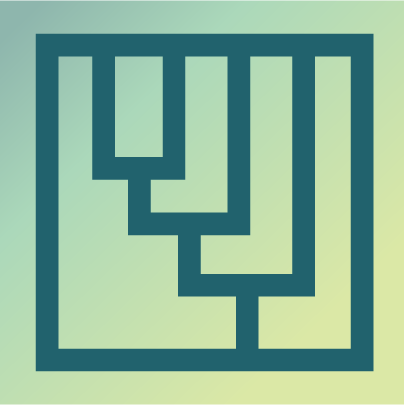When organisms leave a particularly dense fossil record through time — that is, a record with few gaps of substantial length — scientists can examine the rate of evolutionary change directly. Foraminiferans are common, single-celled, water-dwelling organisms that build shells — a set of characteristics that has allowed them to leave a dense fossil record.


The graph you see here shows the evolution of shell shape in a foraminiferan lineage over the past 10 million years. It shows that most of the time, shell shape exhibits relative stasis: it changes a little but does not seem to be changing in any particular direction most of the time. However, two periods of relative stasis are divided by a brief period of rapid morphological change about 5.5 million years ago. Evidence like this is critical in evaluating hypotheses about the rate of evolutionary change.
